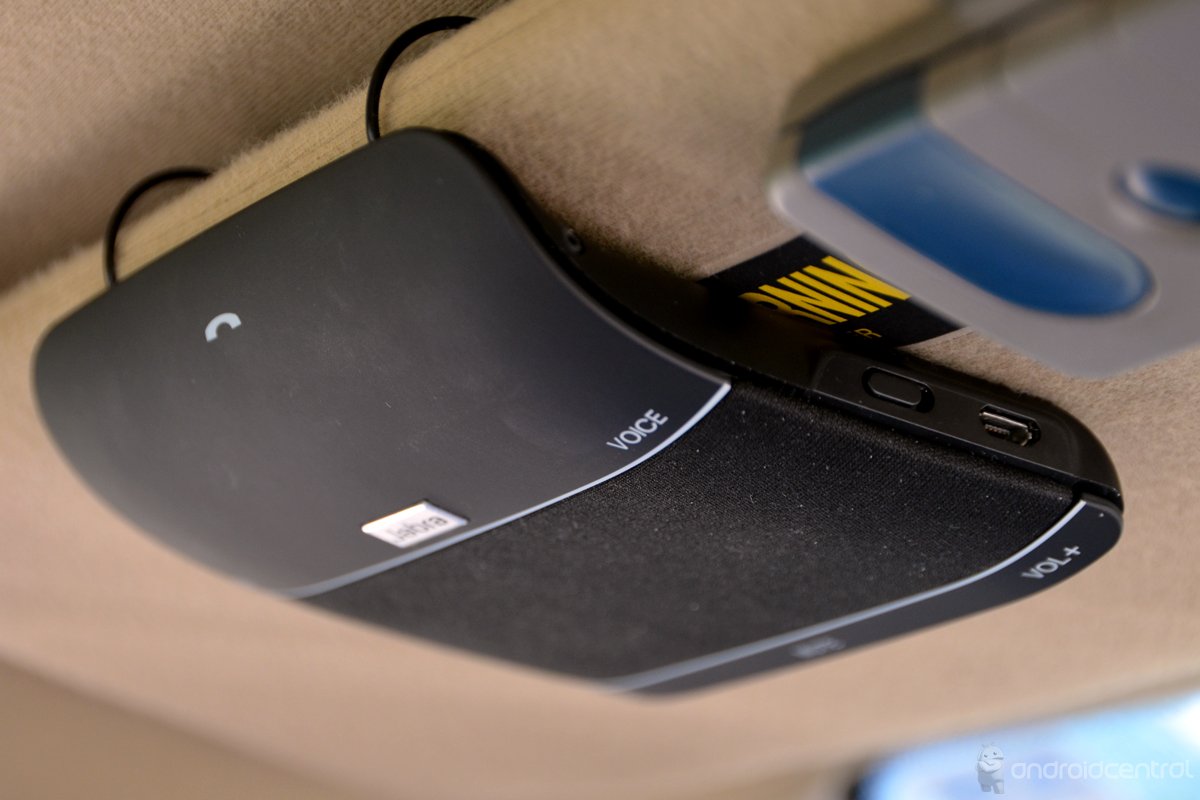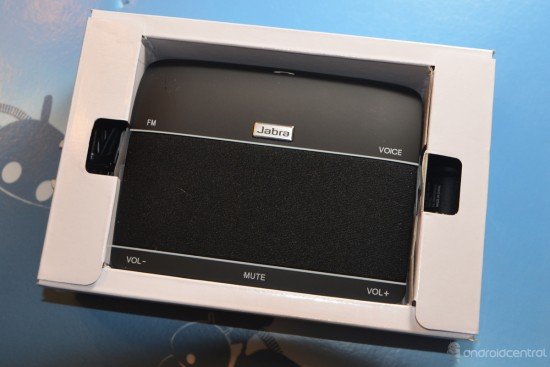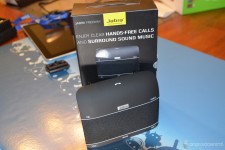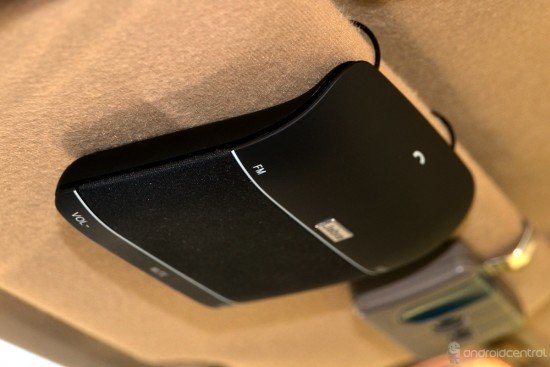Jabra Freeway Bluetooth Speakerphone review

When it comes to using your smartphone in the car, it's a tricky proposition. Hands-free is a must. And after that, it really becomes a point of actually having to use your phone -- or in this case, the Jabra Freeway speakerphone -- as little as possible. Can you place or answer a call without touching anything? When you do have to touch something, how many motions does it take to perform an action? Are those actions easily memorized? And, at the end of the day, does the darn thing just work?
Jabra is a long-recognized name in Bluetooth accessories. But it's been some years since I've used one of their speakerphones (read our review of the Motorola T505 I've been using for as long as I can remember). Switching to the Freeway is a nice change in design. Clipped to the sun visor, it looks a lot like an old-school oversized garage door opener that curves back around the front.
Let's not beat around the bush here: The Jabra Freeway has quickly become my speakerphone of choice. Read on to find out why.
Out of the box and setup
The Jabra Freeway is blissfully easy to get out of the box. Just open it and go. It comes with a microUSB cable and car charger, if you need them. (You being the savvy smartphone user might already have them laying around anyway.)
Facing you attached to the sun visor, there's a simple on/off toggle switch on the right hand side, just forward of the microUSB port. The switch is easy enough to get to and fairly easy to toggle. I prefer this sort of switch over an on/off button because you can physically see whether the speakerphone is turned on.
Turn the Freeway on for the first time and you're prompted to pair over Bluetooth. The female voice is surprisingly crisp and clear and has a little personality to it. Pairing with my Galaxy Nexus was simple. Just hit your Bluetooth settings and connect. No muss, no fuss for me. (Your mileage may vary depending on what phone you have.)
Get the latest news from Android Central, your trusted companion in the world of Android
Using the Jabra Freeway
Two main things when it comes to speakerphones. They have to be easy to use, and you have to be able to hear what's coming out of them.
The Freeway has a half-dozen buttons, but it really doesn't feel that way. They're nicely spaced over the 4.75-inch wide device. You've got a big call button closed to you, flanked by the voice command and FM tuner buttons. (Yes, the Freeway can pump calls and music through to your car's speakers, and it works just fine.) Farthest from you are the volume up/down buttons, which surround a mute button. That's actually the one confusing point of the Freeway. Because it's placed between the volume buttons, you might think the mute buttons silences what's coming out of the speaker. But it's the other way around. Hit mute during calls to keep the other person from hearing you.
The Freeway actually isn't just a single speaker. It's got a trio of them tucked inside, and together they're surprisingly loud and clear. Music can become a little crackled and distorted if you really crank things up, but it's also completely listenable over just the speakers themselves. Playback over FM is as good as the frequency you're tuned to. (Hit volume-up to change freqs.) Otherwise, the stereo Bluetooth performs as it should. You're missing buttons for playback, but there are voice commands to pause and change tracks.
Voice actions are pretty simple. You tap the Voice button and then are asked to "Say a command." What can you say? Well, you can (and probably should) start with that. Ask the Freeway "What can I say?" and it'll tell you, switching to a man's voice, "redial," "call back," "phone commands," "voice assist," "battery," "play," "pair new device" and "cancel."
Most of those are pretty self-explanatory. Phone commands will kick you into your phone's voice dialing app. (Switching from the silky smooth sounds of Jabra's voices to Android 4.0's stock voice is pretty jarring.) "Voice assist" will call into the service, which you get free for one year. (A $59 value.)
Youtube link for mobile viewing
Other odds and ends
- There's a nice little red LED light hidden behind the speaker mesh that lights up when charging.
- Bluetooth profiles include A2DP 1.2 (stereo), AVRCP 1.0, HFP 1.5, PBAP
- Operating range is listed at up to 10 meters.
- Talk time is listed at 14 hours, standby time at 20 days. Charging time is listed at 2 hours.
- The default PIN is 0000. (We didn't need it connecting to our Galaxy Nexus.
- You can connect to two devices.
The wrap up
And that's that. The Jabra Freeway isn't the smallest speakerphone -- it takes up a good bit of space on your visor. But it's among the best we've used, hands down.
You can get the Freeway today from Amazon.





